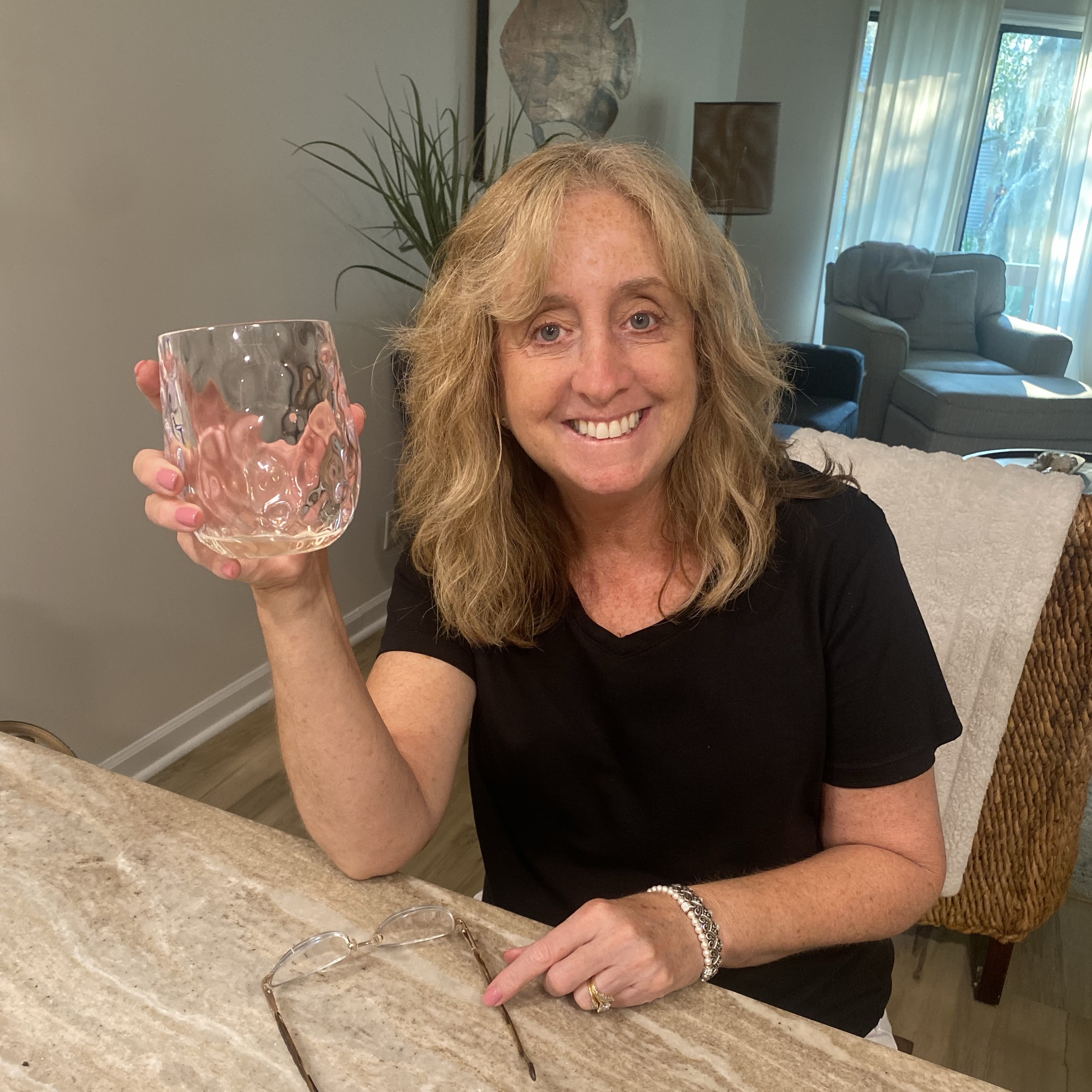Modern Times Beer
Domaine des Baumard
Quarts de Chaume Chenin Blanc
1995, root beer color yet vibrant and complex. Figs and ripe plums with mandarin orange peel and hints of eucalyptus and camphor, at times reminiscent of a Pedro Jiminez, at other times more Sauternes like, but always its own . Never tasted anything quite like it I’ve had younger versions of this same wine that always seemed thin and watery, it seems that age is essential for bringing out this type of complexity. Just gorgeous and haunting. Just beyond comprehension. — 6 years ago
The Alchemist
Heady Topper Ale
Heady Topper from The Alchemist is of course one of the great modern American beers, and a pioneer of the juicy style. Grapefruit, orange and mango with malt coming through in the finish. While it is a terrific beer, and quite extraordinary given it has been on the market for over 15 years, I feel it has been left behind by other beers that have innovated to become the current day references. Still, a classic and always a pleasure. — 6 years ago
Axios
Kalaris Napa Valley Cabernet Sauvignon
Château d'Aiguilhe Querre
Comtes von Neipperg Côtes de Castillon Red Bordeaux Blend 2016
Excellent. Ripe and modern with dark red fruits, dried earth and spice. I’ve said it a million times but under $30 this is one of the best world class wines on the market. It competes with $50-100 st emilions. Better than anything you can find in California under $50 — 6 years ago
Renato Ratti
Marcenasco Barolo Nebbiolo 2013
To my palate, Renato Ratti is one of those producers that seems to be gradually improving in quality. And while the wines tends to lean a bit “modern” with the shorter maceration times and use of some barrique, the “Marcenasco” designation is slightly more traditional and aged exclusively in large botti. The 2013 vintage pours a deep ruby with a translucent core. On the nose, the wine is intense with a stunning amount of tar and roses on the nose; like, all the tar and roses. There’s some desiccated red and black fruits in there too. On the palate, the wine is bone dry with high tannins and medium+ acid. Again, red and dark fruits; some of them desiccated with licorice, porcini and dried herbs. There is an overwhelming charm that I found to be pretty compelling. A more elegantly-styled Barolo and while it’s not the most complex example, it hits the marks that one should expect from a good producer. I’m sure a “classic” vintage like 2013 helps some. The finish is long and savory and very satisfying. Pretty lovely stuff. Probably the best I’ve had from Ratti yet. — 4 years ago
Château La Mondotte
Comtes de Neipperg Red Bordeaux Blend 2005
The 2005 La Mondotte has softened considerably since I last tasted it a few years ago. Clean veins of limestone-infused minerality run through a core of inky dark fruit, showing just how distinctive this tiny Saint-Émilion property is. Crème de cassis, chocolate, new leather, licorice, spice, lavender and menthol open with a bit of coaxing. This modern, exotically lush Saint-Émilion is a real beauty. Magnificent. Tasted two times. (Antonio Galloni, Vinous, April 2021)
— 5 years ago
North Coast Brewing Company
Barrel Aged Old Rasputin Russian Imperial Stout
Black opaque. Sponge-y headed with a cap of mostly smooth, cappuccino cream glossing. The beer sighs as it pours. Coffee and espresso scents entwine with vanilla, malty chocolate, basil, dark toast, grilled oak, and grilled marinated mushroom. Heavy coffee entry with burnt white sugar, toffee and dark roasted, brittle arabica, soy sauce, bitter notes from peppercorn and roasted pecans, but just enough dark caramel to sweeten it slightly, 100% dark chocolate; drops smoothly in swallow, then surfaces with bitter coffee oils on the finish always remembering its oak. I am very surprised that I have not rated this one yet, as I have had it many times. Now I can say I took a shot/stab at it and drowned the day’s sorrows in its dark robes. — 6 years ago















David White
It’s 10 years since Serge. Hochar’s death whilst swimming in Acapulco on NYE 2014 and I think it’s appropriate to celebrate his legacy that is the modern Chateau Musar.
I first tasted Lebanese wines in London circa 1986 when I used to go to a couple of Lebanese restaurants in Shepherds Market near Mayfair in London
Al Hamra is still in business
I’ve been to Beirut several times and always stock up at the airport duty free
So a toast to a departed icon of the wine world
Since my last 2011 4.5 years ago (see note) this has aged wonderfully and I’ve up my rating several points
Another few years and it will be further improved
Optimal decant time was around 3.5 to 4 hours
Ethereal stuff — a year ago